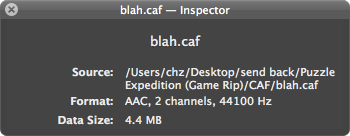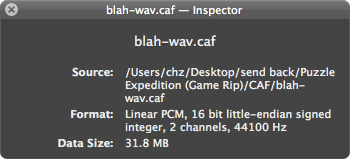Quickish thoughts:
Solatorobo: Red the Hunter is a decent enough game, but not quite good enough to make me want to run through a New Game + any time soon. I guess I’d lightly recommend it?
The game is very pretty and charming. Those are the only unqualified compliments I can pay it, so I’ll lead with them. Really quite gorgeous settings, and each of the islands has its own flavor. Also, every character is a loon, which I’m always okay with.
The side quests are surprisingly diverse and rather enjoyable, although there’s some obvious location reskinning.
The battle system has the potential for massive funtimes, because picking up enemies or grabbing their projectiles in midair and throwing them around is a hoot, but only the boss fights really show it off. Battles against the same mooks in highly similar areas get old really fast, especially since they never at any point present a challenge because the game is so easy.
I wouldn’t mind the easiness so much if Solatorobo weren’t so obnoxiously handholdy too. The objectives and dungeons are almost all really straightforward, not so much about puzzles and exploration than going somewhere to do something and then being told to go somewhere else. Despite this, it’ll still very helpfully point out for the fiftieth time that hey, there’s a pressure switch over there, what could it possibly do?
There are a couple of good puzzle concepts in there, but as Solatorobo isn’t a very puzzly game, they’re not explored that deeply. The Futzu bridging puzzles in particular I may steal for myself.
The plot starts off as a duct-taped wad of JRPG tropes. I kind of feel like they were aware of that, though, and had a “yeah, we’re going to do it, so let’s just do it and get it over with” attitude. In one chapter past the halfway point, they throw in protagonist amnesia without having mentioned it previously, and it’s resolved in the very same chapter. Solatorobo doesn’t dwell on too much of that nonsense, so even though it starts off pretty slow, it keeps moving.
And the plot does eventually get better; it’s still trod ground, but not as well-trod as earlier. Turns out that Solatorobo is very similar to Utawarerumono in structure, themes, and backstory. Even if you haven’t played or seen that, it’s not terribly difficult to figure out every development ahead of time, but I did appreciate the effort to be deeper.
This has been pretty negative, but that’s mostly borne of disappointment. What’s there was certainly worth playing. It just could’ve been a lot better, one of the best games on the system.





